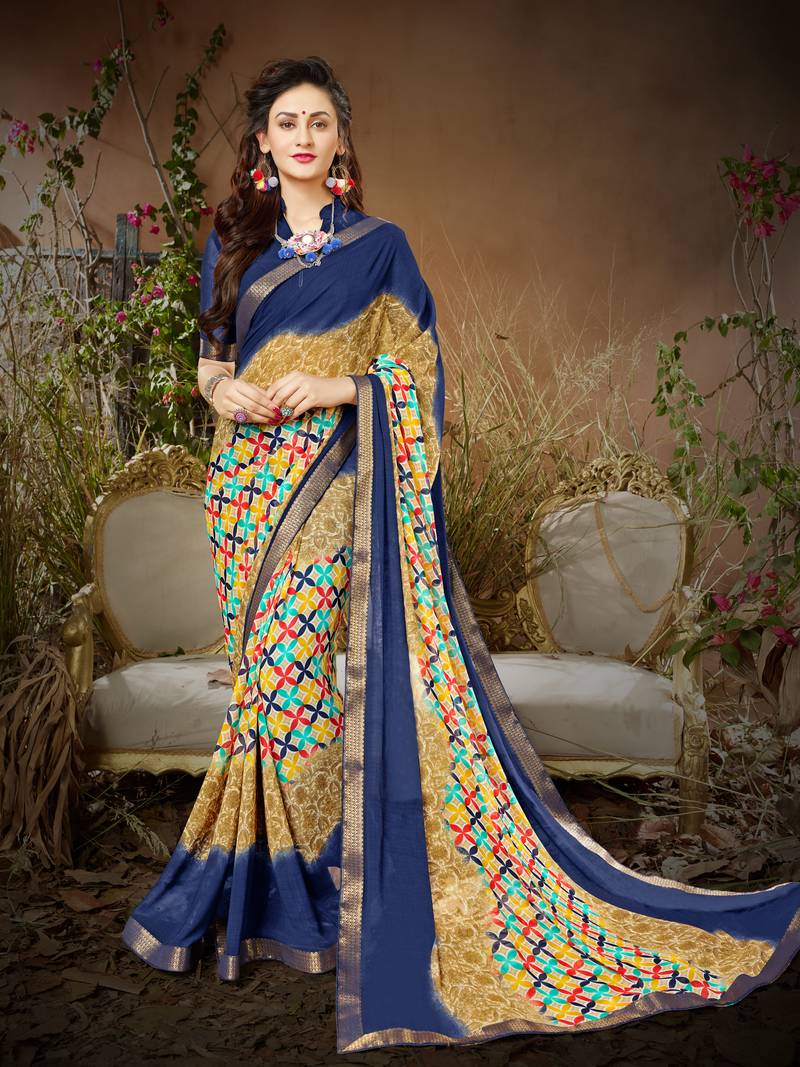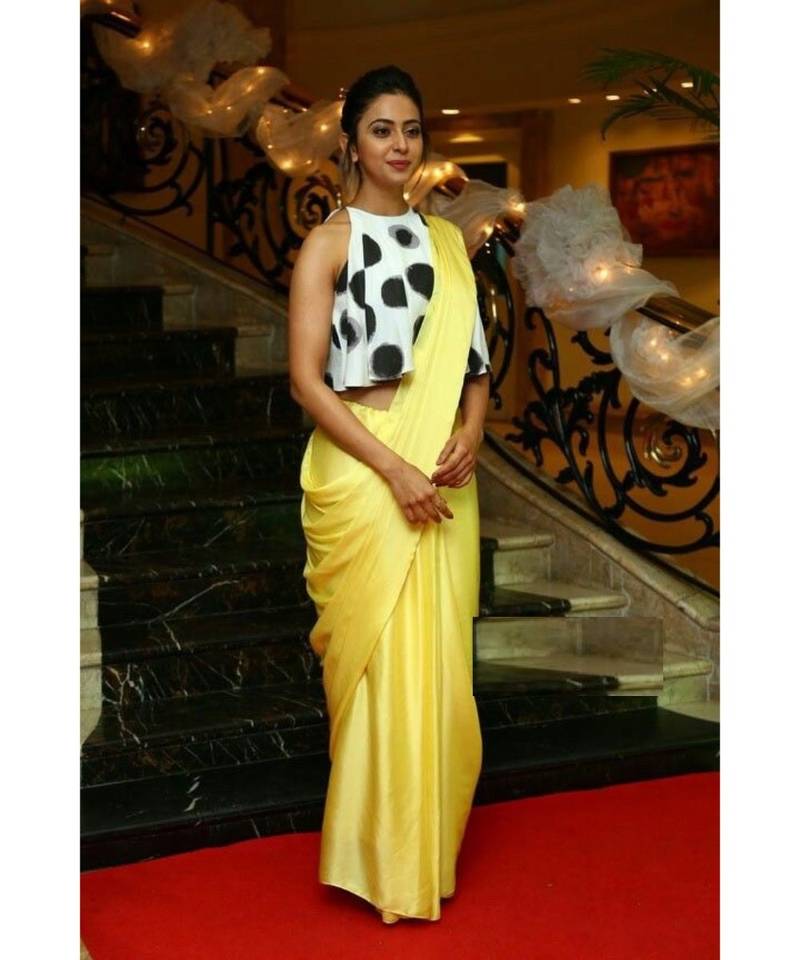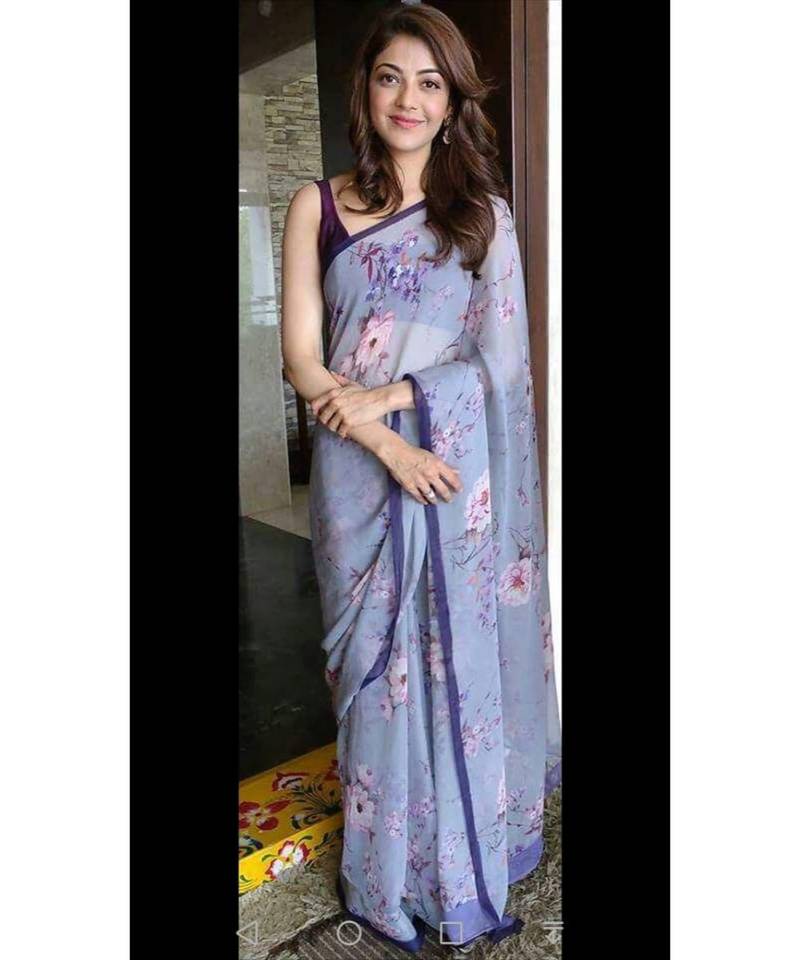The saree is one of the most ancient attire in our Indian history and culture. Since the time of Indus Valley Civilization in 3300-1300 B.C. priests have worn this garment. This was the first evidence of Indian sarees. This was perhaps the first portrayal of its origin and the presence of Indian Sarees in this era. Besides this, many other instances prove the presence of sarees in different eras. For instance, many sculptures from the Gupta School, Gandhara, and Mathura depict the dancers and goddesses in sarees. Also, women in elusive draperies or rather saris are mentioned in ancient Indian poetry. But, the name sari or saree had been given birth by the ancient Indian language, Sanskrit. To add any further, it is an accepted fact that sari-like garments, veils, scarves, and shawls have always been worn by Indian women almost hundreds of years ago. Saris are the epitome of culture and diversity in India.

The sarees are an exceptional piece of art and resistance to the Indian couture. This particular attire is one-of-a-kind and a must-have garment in the wardrobe of every woman of all ages. The versatility of this Indian ethnic garment has gone beyond the shores since women of foreign lands to love to drape an Indian sari. This garment has garnered all the attention with its charm and style. Every sari is a masterpiece that highlights the unusual traits of its extraordinary allure.

The saree lovers of India are poured with many choices in terms of colors, fabrics, designs, works, prints, and styles. Moreover, in today’s fashion world of glam and glitz, many unique styles of sarees have come up like the designer saree, dhoti sari, Bollywood saree, and lehenga sari. But every sari is innovative and distinctive from one another based on style, weaving, fabric, and motifs. And also, every part of India weaves and designs its captivating features in this traditional attire.

Likewise, a sari also varies with its type and style. The variations of this Indian ethnic cloth are not only based on regions, work, fabric, and occasion but also upon how it is draped. It is a very essential criterion that lets every individual saree stand out among all. Another important factor that makes a woman look marvellous and voguish is the blouse and petticoat that the sari is paired with. These two play a very essential role since these are the garments over which a sari is draped.

A saree blouse can be either of matching hue or contrasting colour with your sari. Since a blouse contributes highly to enhancing the beauty and the grace of this Indian traditional attire. Thus it is needless to say that a sari and its blouse always go hand-in-hand to match every taste and style. Sari blouses were mostly made of silk or cotton fabrics for comfort and style. But now they are also made of other materials like satin, rayon, chiffon, and net. Furthermore, these blouses also come with different filters of style, necks, backs, and sleeves. Besides, the blouse, the petticoat plays an important role too. It is that garment that holds onto a sari and pulls up the desired style and looks. A petticoat is either made up of cotton or satin material in different shapes and sizes. But, remember to keep in mind that the color of the petticoat must match the colour of your saree or at least be like it.



